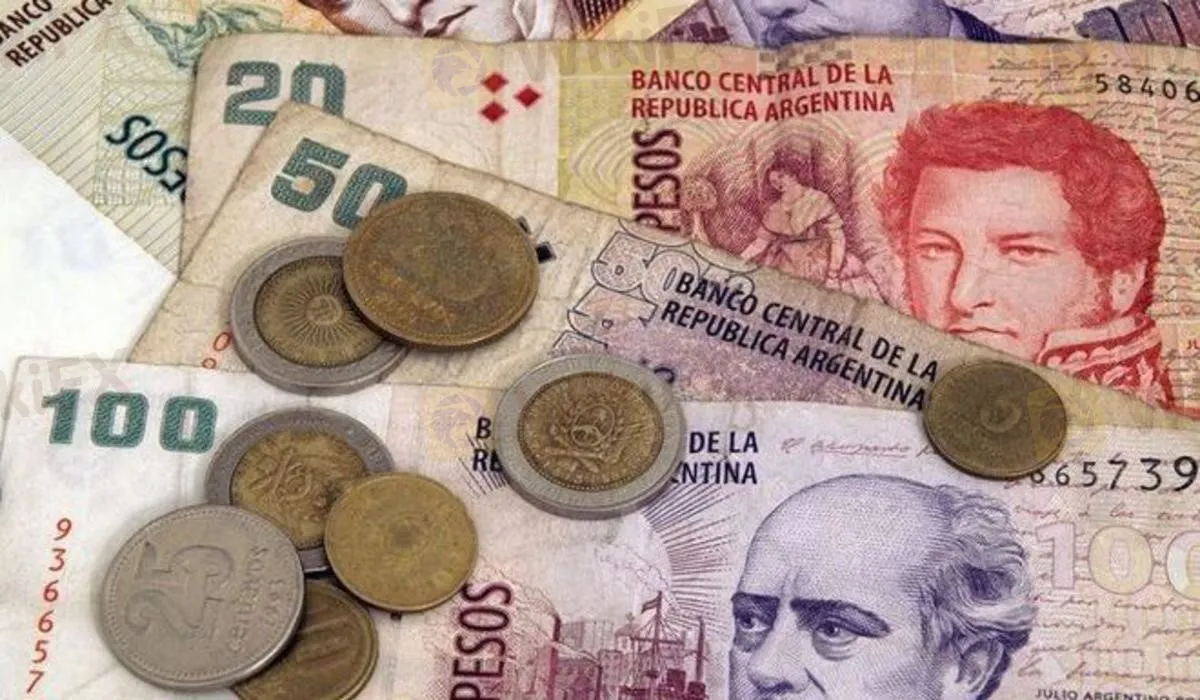简体中文
繁體中文
English
Pусский
日本語
ภาษาไทย
Tiếng Việt
Bahasa Indonesia
Español
हिन्दी
Filippiiniläinen
Français
Deutsch
Português
Türkçe
한국어
العربية
Global nickel market surplus to widen in 2024 -INSG
Abstract:The surplus in the global nickel market is expected to widen to 239,000 metric tons in 2024 from 223,000 tons this year, the International Nickel Study Group (INSG) said on Tuesday, signalling further pressure on the metal.

Adds estimate of market surplus in 2024, comment about production in Indonesia, China
The surplus in the global nickel market is expected to widen to 239,000 metric tons in 2024 from 223,000 tons this year, the International Nickel Study Group (INSG) said on Tuesday, signalling further pressure on the metal.
Prices for nickel CMNI3 on the London Metal Exchange are down 38% so far this year. High-grade “Class 1” nickel can be delivered against the LME contract, while production of lower-grade “Class 2” is soaring in Indonesia.
“Historically, market surpluses have been linked to LME deliverable/class I nickel but in 2023 and 2024 the surplus will be mainly related to class II and nickel chemicals,” the INSG said.
Global demand for nickel is expected to increase to 3.47 million tons in 2024 from 3.20 million in 2023 due to recovery of the stainless steel sector and increased usage of nickel in electric vehicle batteries, the Lisbon-based group said.
It expects global output to increase to 3.71 million tons in 2024 from 3.42 million in 2023 as Indonesia's nickel pig iron (NPI) production continue to rise.
Indonesia's new high-pressure acid leaching (HPAL) plants that produce mixed hydroxide precipitate (MHP) are also continuing to ramp up output, and the conversion of NPI to nickel matte is growing, the INSG said.
NPI production in China is likely to decrease in 2024 but nickel cathode and nickel sulphate production is anticipated to increase, it added.

Disclaimer:
The views in this article only represent the author's personal views, and do not constitute investment advice on this platform. This platform does not guarantee the accuracy, completeness and timeliness of the information in the article, and will not be liable for any loss caused by the use of or reliance on the information in the article.
Read more

The president of @Liberland, @Vít Jedlička come on stage, dialogue on trading security.
The 2025 WikiEXPO Hong Kong Station is about to grandly open. the president of @Liberland, @Vít Jedlička come on stage, dialogue on trading security.

Countdown: 1 day.WikiEXPO2025's first stop, Hong Kong, is about to open.
⏰ Countdown: 1 day. WikiEXPO2025's first stop, Hong Kong, is just tomorrow. Focus on transaction security and explore new investment opportunities. ???? Get ready to start now. See you tomorrow.
JustMarkets Review 2025: Live & Demo Accounts, Withdrawal to Explore
Established in 2012, JustMarkets (Formerly JustForex) is an online forex broker based in Cyprus and serves clients in over 160 countries. Featuring a low entry barrier, a 50% deposit bonus, and robust trading platforms -MT4 and MT5, JustMarkets has gained great popularity among retail investors in recent years. JustMarkets allows traders to trade over 260 CFD-based instruments, which is not an extensive range, yet on leverage up to 3000:1 to increase trading flexibility. To enhance the trading experience, both MT4 and MT5 are provided, along with JustMarkets Trading App, MetaTrader Mobile App, and MetaTrader WebTerminal. JustMarkets offers a 50% deposit bonus to boost traders' confidence. Opening an account is a fully online process, typically completed within one day.

WikiEXPO Becomes Partner of the Liberland Government
Wiki Finance EXPO is honored to announce a partnership with the Free Republic of Liberland. This collaboration will further advance global dialogue on financial innovation and decentralized technology, bringing cutting-edge insights and industry opportunities to participants.
WikiFX Broker
Latest News
Exposing the Top 5 Scam Brokers of March 2025: A Closer Look by WikiFX
Gold Prices Climb Again – Have Investors Seized the Opportunity?
Webull Launches SMSF Investment Platform with Zero Fees
Australian Regulator Warns of Money Laundering and Fraud Risks in Crypto ATMs
FCA Warns Against 10 Unlicensed or Clone Firms
CySEC Warns Against 14 Unlicensed Investment Websites
Top Currency Pairs to Watch for Profit This Week - March 31, 2025
Will natural disasters have an impact on the forex market?
Philippines Deports 29 Indonesians Linked to Online Scam Syndicate in Manila
AI-Powered Strategies to Improve Profits in Forex Trading
Currency Calculator







